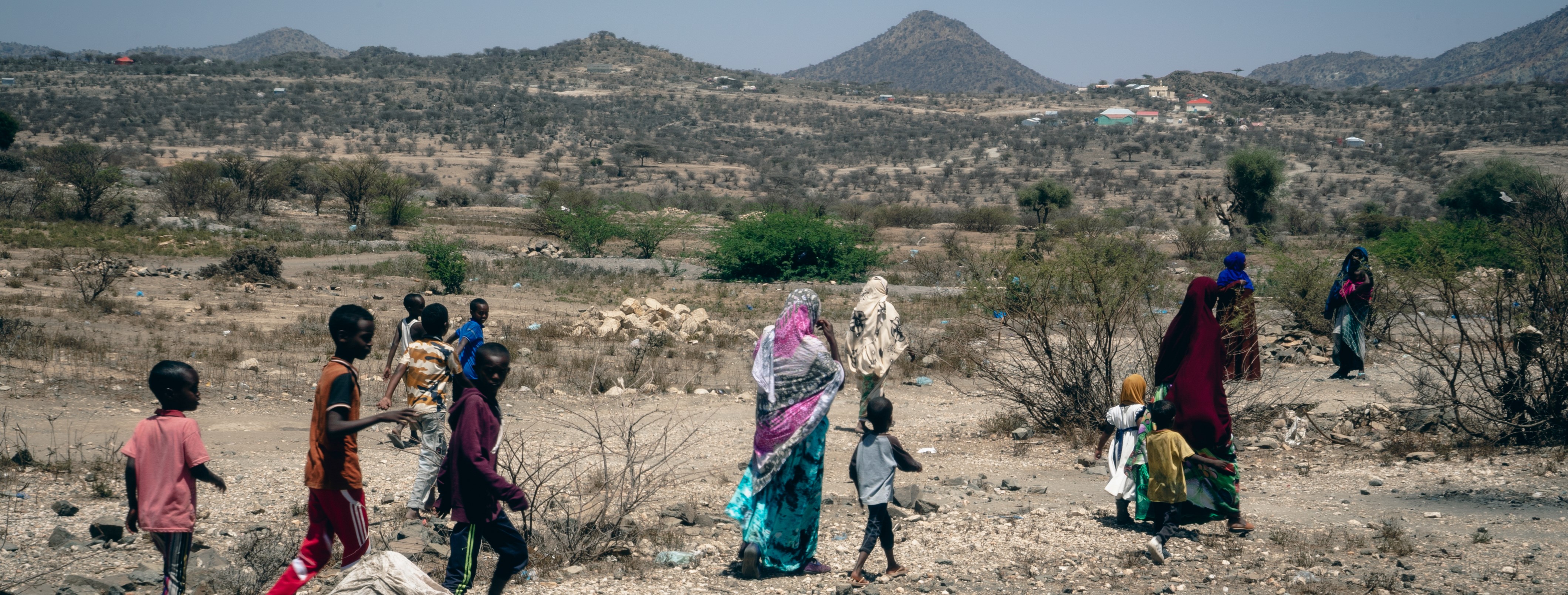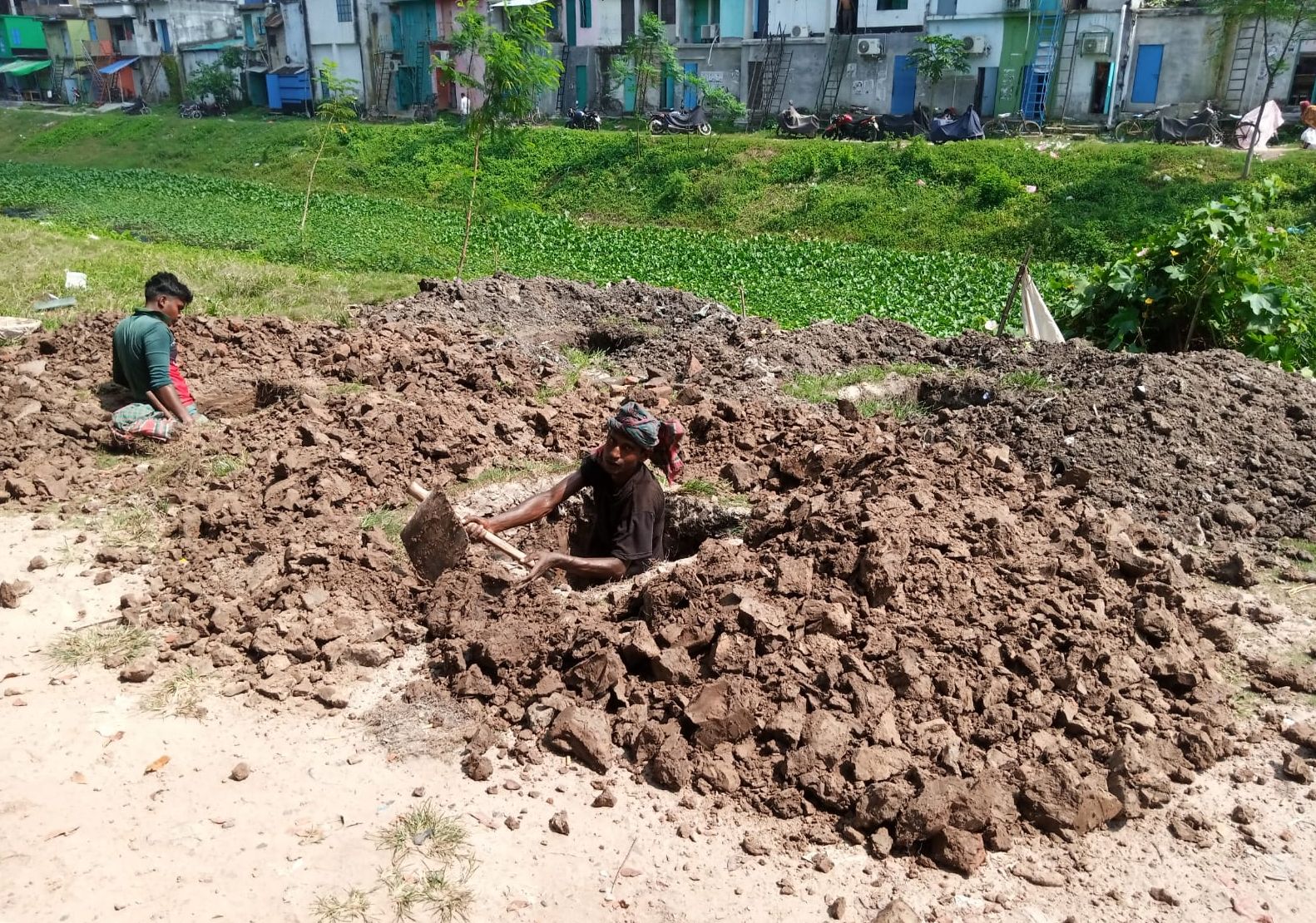By Patrick Lamson-Hall, Research Scholar, NYU Marron Institute of Urban Management. Lead urban advisor Cities and Migration Urban Expansion initiative at Cities Alliance.
Urban expansion planning is a simple, cost-effective way for cities to proactively plan for their growth. It involves gauging the amount of land needed for growth, preparing a grid of arterial roads in the urban periphery before it is developed, and securing the rights of ways for the roads before urban development happens. This approach can help manage migration and support mitigation of GHG emissions and adaptation to climate risks.
The urban expansion planning approach has been pioneered by Professor Shlomo Angel and his team at New York University and applied in 18 different rapidly growing cities with the support of Cities Alliance. It is now being extended to nine cities in Ethiopia, Somalia, and Uganda to help them manage rapid rural-urban migration.
As cities expand, many municipal governments are not able to keep up with the increasing demand for basic services. They struggle to plan new land for housing and jobs and to provide existing areas with water, transport and sanitation. New migrants often have to settle in informal areas and slums, located in high-risk areas.
The climate crisis is an added challenge for these municipalities. Climate change has major implications for urban areas, touching on migration, traffic, air quality, flooding, employment, inequalities, disaster risk, and health outcomes, among others. In unplanned urban settlements, the effects can be devastating.
Key infrastructure investments and planning actions taken now can help local governments reduce the impact of climate change on households and firms and manage climate-related urban growth. Urban expansion planning is a bold down payment on this approach and can simplify and systematize the inclusion of new migrants into the city.
Flooding, heat waves, water shortages, and more powerful storms tend to affect new migrants and already vulnerable populations most severely.
Ani Dasgupta President and CEO of World Resources Institute (WRI)

Urban expansion planning is an approach adapted to the existing capacities of municipalities and funding realities. It is successful in terms of impact and implementation on the ground, in part because of its narrow focus and strong engagement of local partners. It is also much cheaper to plan ahead for growth than to try and retrofit areas that are already built up.
Compared to other planning methods (comprehensive planning or master planning), urban expansion planning is dramatically stripped down and simple. On the ground, it only contains two elements: rights of way on the urban periphery for a grid of arterial roads 30m wide and spaced 1 km apart in a grid, and preservation of environmentally sensitive areas.
Urban expansion planning can reduce greenhouse gas emissions
A citywide gridded arterial road network developed through urban expansion planning can reduce Greenhouse Gas (GHG) emissions when compared to unplanned networks. This is due primarily to three complementary effects – shorter travel distances, reduced vehicle congestion, and fewer private vehicles – that result when vehicles have more direct routes, more route choices, and more available street space for public transportation.
These effects allow vehicles to run at peak efficiency, reduce vehicle kilometres travelled, and promote the use of public transportation, walking, and cycling. This is particularly important in developing countries where the transition to private vehicles is at an early stage. Research in China, India, and elsewhere shows that heightened traffic congestion leads to higher GHG emissions – as much as 70% greater emissions rates per km during congested periods in some real-world studies.
Urban expansion planning can help cities plan for extreme precipitation and flooding
Increases in precipitation, along with more paving and hard surfaces due to urbanization, will make it more difficult to avoid localized flooding without improvements to citywide drainage plans.
The basic orientation of the road grid and green spaces can support the eventual development of such plans. The arterial road grid, which can carry trunk infrastructure, can also carry major drainage lines. To facilitate this, roads on the grid should pass near likely discharge areas. Topographic maps, already used in the expansion planning process, can be incorporated to align the expansion plans with the contour of the land, supporting the construction of gravity-fed drainage lines.
Green spaces in climate-resilient urban expansion plans can be placed in low spots, encouraging infiltration of water and reducing the total volume that will need to be discharged, in line with the Rio Declaration call for sustainable drainage systems.
Urban expansion is an inevitable reality. Urban expansion planning prevents disorderly and congested informal settlements with measurable benefits for climate change mitigation and adaptation.
Urban expansion planning can help manage water scarcity, drought, and aridity
Urban expansion and the increase in population in urban areas raises the demand for water. One reason is higher per capita incomes and more residents and businesses. The primary factor, however, is greater demand for agricultural goods from the urban hinterland, as agricultural users consume dramatically more of the available water than urban areas. Water management systems have to consider the total consumption within a hydrological area, rural and urban.
Climate-resilient urban expansion plans can support this activity by highlighting new areas where growth is likely to occur, and by adding predictability and scope to the long-term urban growth process. The plans concern the existing area of the city and adjacent expansion areas. In some cases, this includes areas of water extraction and storage, and the urban expansion planning exercise can highlight existing water supply areas and consider future water storage and extraction needs.
The plans can also be used to protect surface water supplies as one component of protecting environmentally sensitive areas. For example, Hawassa, Ethiopia, draws its water from an endorheic lake that is closely abutted by urban development. Recognizing that the city government is unable to afford sewerage and drainage water treatment, the urban expansion team included a 100m passive protective buffer along the lakeshore in the plan. This buffer is designed to remain heavily vegetated, capture contaminants from the urban area, and slow their infiltration into the lake.
The plans also support access to piped drinking water supplies. The arterial road grids are designed to carry trunk infrastructure, including water mains, which can make it both cheaper and easier to provide basic services in adjacent neighbourhoods, whether formal or informal.
* This piece is based on a white paper on urban migration and urban expansion planning forthcoming in early 2022. The Cities Alliance Cities and Migration Programme is supported by the Swiss Agency for Development and Cooperation.
Disclaimer: The opinions expressed herein are solely those of the author and do not necessarily reflect the official views of Cities Alliance, its members, or those of UNOPS.

Patrick Lamson-Hall






